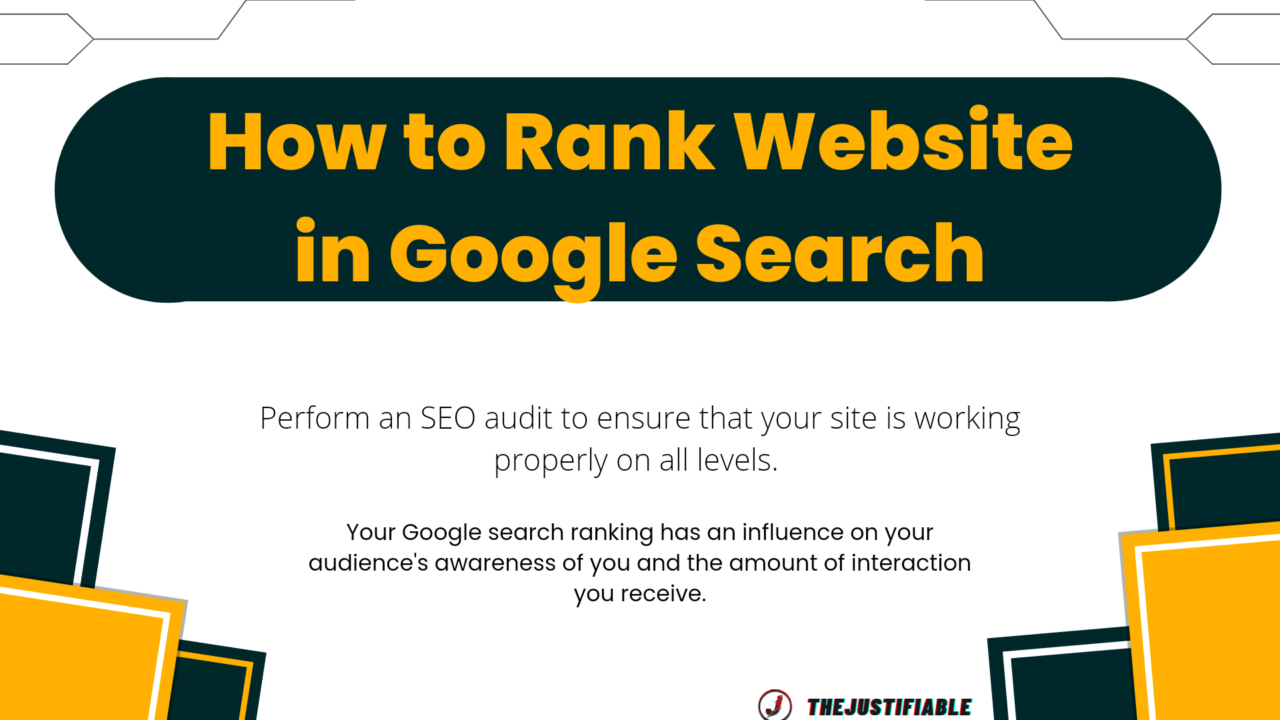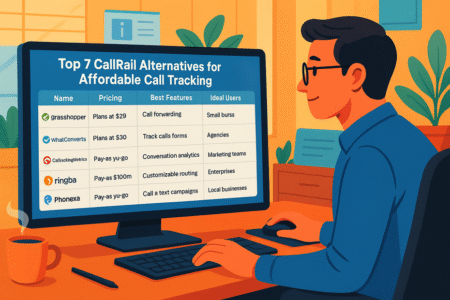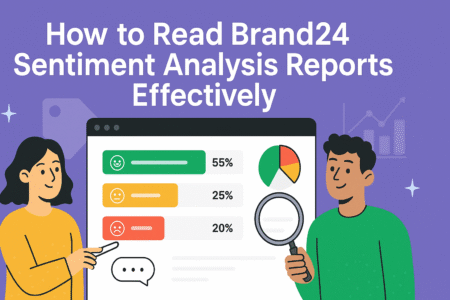Table of Contents
How to rank website in Google search is a question every website owner asks. Achieving higher rankings not only boosts traffic but also enhances credibility. This article will guide you through effective strategies to increase your website’s visibility and drive more traffic.
Effective SEO Techniques to Rank Your Website Higher
Implementing effective SEO techniques is crucial to rank your website higher on Google search. These techniques can significantly enhance your site’s visibility, attract more visitors, and boost your online presence. Understanding and applying these strategies will ensure that your website stands out in a competitive market.
One of the most critical aspects of SEO is understanding how search engines work. Google uses complex algorithms to determine the relevance and quality of your website. To succeed, focus on both on-page and off-page SEO tactics. This holistic approach will help you achieve long-term success and consistent traffic growth.
SEO Services Recommendations
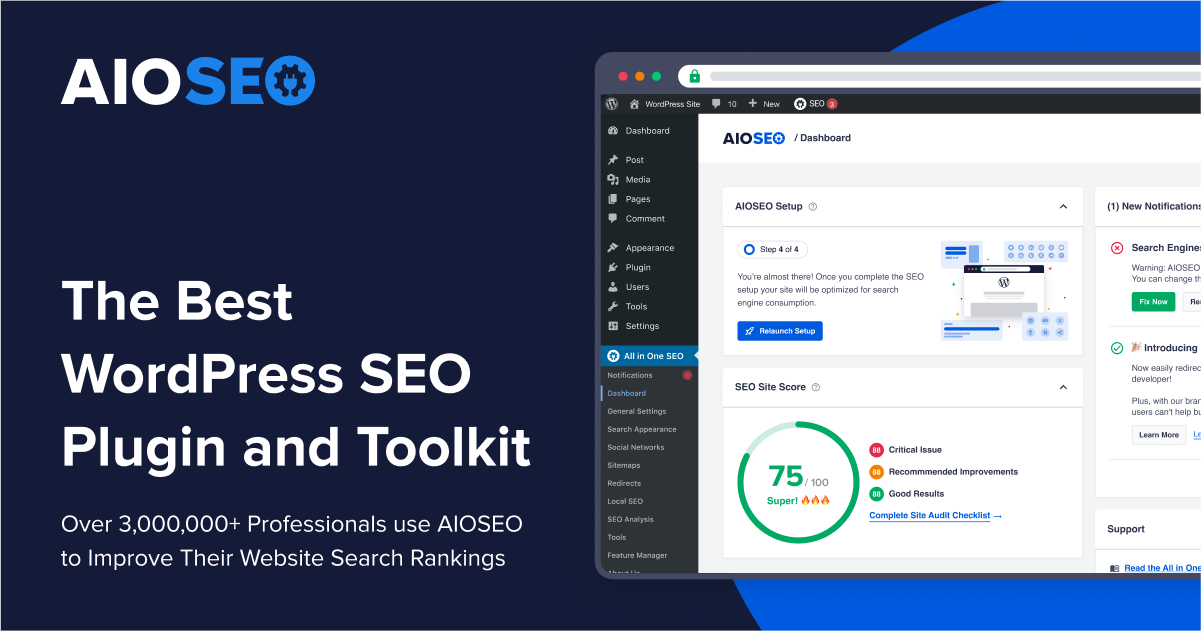 AIOSEO
| 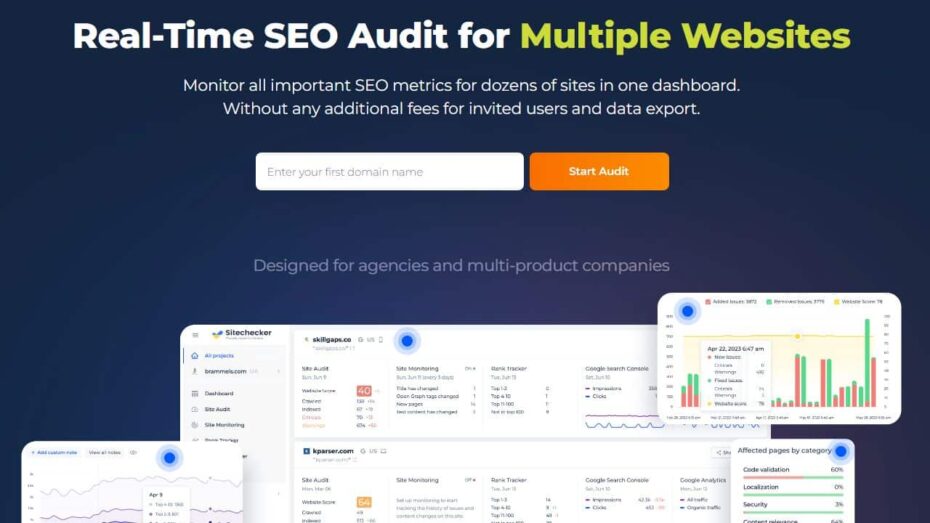 Sitechecker
| 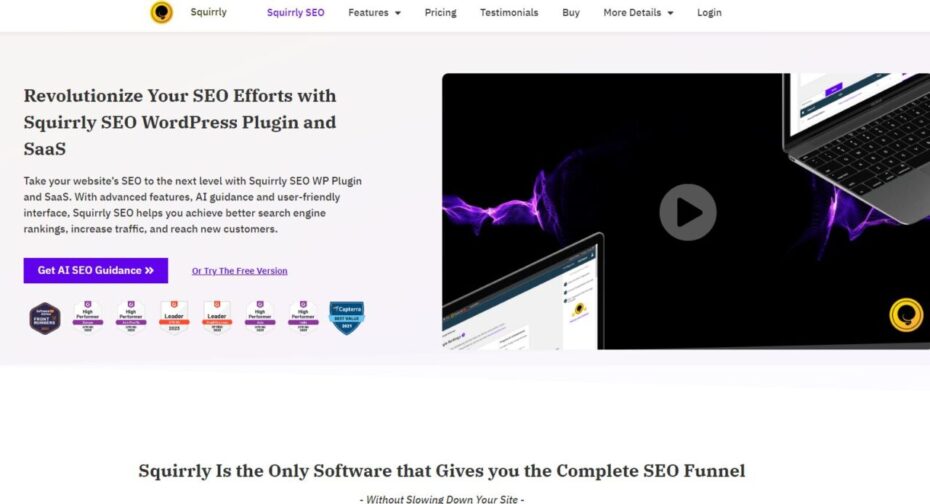 Squirrly
|
What Are the Key On-Page SEO Factors?
On-page SEO factors play a pivotal role in determining your website’s ranking. These factors are within your control and involve optimizing various elements of your web pages to make them more appealing to search engines and users. The foundation of on-page SEO includes keyword research, content quality, and user experience.
First, keyword research is essential. Identifying relevant keywords that your target audience searches for helps you create content that meets their needs. Use tools like Google Keyword Planner to find high-volume, low-competition keywords. Integrate these keywords naturally into your content to avoid keyword stuffing, which can negatively impact your rankings.
Second, high-quality content is vital. Search engines favor websites that provide valuable, informative, and engaging content. Ensure your content is well-researched, comprehensive, and answers your audience’s questions. Adding power words like “ultimate,” “proven,” and “essential” can make your content more compelling and shareable.
Finally, user experience (UX) is a key factor. A well-designed, easy-to-navigate website keeps visitors engaged and reduces bounce rates. Focus on fast load times, mobile responsiveness, and intuitive design to enhance UX. These elements contribute to higher rankings and improved user satisfaction.
Optimizing Meta Tags and Descriptions
Optimizing meta tags and descriptions is an effective way to improve your website’s visibility. Meta tags, including title tags and meta descriptions, provide search engines with information about your page’s content. Crafting compelling and relevant meta tags can significantly impact your click-through rates (CTR) and rankings.
Start with title tags. Your title tag should be concise, include the primary keyword, and clearly describe the page’s content. A well-crafted title tag encourages users to click on your link, increasing traffic to your site. Aim for a title length of 50-60 characters to ensure it displays correctly in search results.
Next, focus on meta descriptions. A meta description is a brief summary of your page’s content that appears beneath the title in search results. Write a compelling meta description that includes the primary keyword and a call-to-action (CTA) to entice users to visit your page. Keep it under 160 characters to ensure it displays fully.
Additionally, use header tags (H1, H2, H3) to structure your content. These tags help search engines understand the hierarchy and relevance of your content. The H1 tag should contain the primary keyword and provide a clear overview of the page’s topic. Subheadings (H2, H3) should break down the content into manageable sections, enhancing readability and SEO.
Enhancing Website Content for Better Rankings
Enhancing your website content is crucial for achieving better rankings. High-quality, engaging content attracts visitors, encourages them to stay longer, and increases the likelihood of shares and backlinks. Focus on creating content that is informative, well-structured, and valuable to your audience.
First, create comprehensive and in-depth content. Google rewards content that thoroughly covers a topic and provides valuable insights. Aim for longer articles that delve deeply into your subject matter. Use data, statistics, and examples to back up your points, making your content more authoritative and trustworthy.
Second, incorporate multimedia elements. Adding images, videos, infographics, and other visual aids can make your content more engaging and easier to understand. Visual content not only enhances user experience but also increases the chances of social shares and backlinks, which positively impact your rankings.
Third, update your content regularly. Fresh content signals to search engines that your website is active and relevant. Review and update older posts with new information, statistics, and insights. This practice keeps your content current and maintains its value to your audience.
Finally, encourage user interaction. Invite readers to comment, share their opinions, and ask questions. Engaging with your audience fosters a sense of community and loyalty. Responding to comments and feedback shows that you value your readers, enhancing user experience and boosting your SEO efforts.
Improving Site Structure and Navigation
Improving your site structure and navigation is essential for both SEO and user experience. A well-organized website helps search engines crawl and index your content more efficiently, while providing visitors with a seamless browsing experience. Focus on creating a logical, easy-to-navigate structure that enhances usability and boosts rankings.
Start with a clear, hierarchical structure. Organize your content into categories and subcategories that make sense for your audience. Use descriptive, keyword-rich URLs to help search engines understand the context of your pages. A logical structure ensures that both users and search engines can find and navigate your content effortlessly.
Next, implement a user-friendly navigation menu. A well-designed menu helps visitors find the information they need quickly and easily. Include important pages like your homepage, about page, contact page, and key content categories. Use drop-down menus to organize subcategories, keeping the navigation clean and intuitive.
Additionally, create an XML sitemap. An XML sitemap is a file that lists all the pages on your website, helping search engines crawl and index your site more effectively. Submit your sitemap to Google Search Console to ensure all your pages are indexed and discoverable. This step is crucial for improving your site’s visibility in search results.
Finally, use internal linking strategically. Internal links connect related content within your website, helping users discover more of your content and improving your site’s SEO. Link to relevant articles, guides, and blog posts within your content to provide additional value to your readers and enhance their browsing experience. Internal linking also helps distribute page authority throughout your site, boosting your overall rankings.
The Importance of Quality Backlinks for Google Ranking
Quality backlinks are vital for improving your website’s Google ranking. Backlinks, also known as inbound links, act as endorsements from other websites, signaling to search engines that your content is valuable and trustworthy. High-quality backlinks can significantly enhance your site’s authority, driving more traffic and boosting your overall SEO performance.
Building a robust backlink profile requires a strategic approach. Focus on acquiring links from reputable, high-authority websites relevant to your niche. These backlinks are more effective in improving your search engine ranking compared to numerous low-quality links. Prioritizing quality over quantity ensures sustainable growth and long-term success for your website.
How to Build High-Quality Backlinks
Building high-quality backlinks involves several effective strategies. One of the most powerful methods is creating exceptional content that naturally attracts links. High-quality, informative, and engaging content is more likely to be shared and linked to by other websites. Invest time in producing detailed guides, insightful articles, and valuable resources that stand out.
Another strategy is leveraging broken link building. This involves finding broken links on other websites and offering your content as a replacement. Use tools like Serpstat or SEMrush to identify broken links related to your niche. Reach out to the site owners, informing them about the broken link and suggesting your content as a suitable alternative. This approach not only helps them but also earns you a valuable backlink.
Additionally, participate in relevant online communities and forums. Engaging with these communities allows you to share your expertise and link back to your content where appropriate. However, ensure your contributions are valuable and genuinely helpful to avoid being seen as spammy.
Lastly, consider collaborating with influencers in your industry. Influencers have a large following and can provide high-authority backlinks to your site. Build relationships with influencers by sharing their content, engaging with them on social media, and offering to collaborate on projects that benefit both parties.
Guest Blogging and Outreach Strategies
Guest blogging is an excellent way to acquire quality backlinks and increase your website’s visibility. Writing guest posts for reputable websites in your niche allows you to showcase your expertise and reach a broader audience. When guest blogging, focus on providing valuable, original content that resonates with the host site’s readers.
Start by identifying potential guest blogging opportunities. Look for authoritative websites that accept guest posts and align with your niche. Use tools like Google search or specialized platforms like MyBlogGuest to find suitable sites. Once you’ve identified potential targets, craft a compelling pitch that highlights your expertise and the value you can bring to their audience.
In your guest post, include a natural and relevant link back to your website. This backlink should enhance the content and provide additional value to readers. Avoid overloading your post with links, as this can appear spammy and reduce the effectiveness of your efforts.
Outreach strategies are also crucial for building backlinks. Develop a personalized outreach plan to connect with website owners, bloggers, and influencers in your industry. Your outreach messages should be genuine, concise, and highlight the mutual benefits of collaboration. Building these relationships can lead to more guest blogging opportunities and high-quality backlinks.
Utilizing Social Media for Link Building
Social media platforms are powerful tools for building backlinks and increasing your website’s visibility. Sharing your content on social media can attract attention from other website owners and bloggers, leading to natural backlinks. To maximize the impact of your social media efforts, focus on creating engaging and shareable content.
First, identify the social media platforms most relevant to your audience. Platforms like Twitter, LinkedIn, Facebook, and Pinterest can be highly effective for different niches. Tailor your content and sharing strategy to each platform, ensuring it resonates with your target audience.
Next, participate actively in relevant social media communities and groups. Engaging with these communities helps you build relationships and establish your authority. Share your expertise, answer questions, and provide valuable insights. This interaction increases the likelihood of others linking to your content.
Additionally, collaborate with influencers on social media. Influencers have a wide reach and can amplify your content, increasing the chances of it being shared and linked to by others. Build relationships with influencers by engaging with their content, sharing their posts, and proposing collaborations that benefit both parties.
Finally, track the performance of your social media efforts using analytics tools. Monitor which posts generate the most engagement and traffic to your website. Use this data to refine your social media strategy, focusing on the types of content that resonate most with your audience and drive the most backlinks.
Keyword Research Strategies to Boost Traffic
Effective keyword research is fundamental to boosting traffic to your website. Understanding what your audience is searching for allows you to tailor your content to meet their needs, increasing your visibility on Google. Implementing a solid keyword strategy can significantly enhance your SEO efforts, driving more organic traffic and improving your overall site performance.
To start, focus on identifying high-volume, low-competition keywords. These keywords are the sweet spot for SEO, as they attract a significant amount of searches without being overly competitive. Additionally, using long-tail keywords effectively can help you target more specific queries, attracting a niche audience that is more likely to convert.
Identifying High-Volume, Low-Competition Keywords
Identifying high-volume, low-competition keywords is a crucial step in your keyword research strategy. These keywords offer the best opportunities to rank well in search results while attracting a substantial amount of traffic. To find these keywords, use tools like Google Keyword Planner, Ahrefs, or SEMrush.
Start by brainstorming a list of potential keywords related to your niche. Enter these keywords into your chosen tool to see their search volume and competition level. Look for keywords that have a high search volume but low competition. These are often longer phrases or more specific terms that are not as heavily targeted by other websites.
Next, analyze the search intent behind these keywords. Understanding why users are searching for these terms helps you create content that meets their needs. For example, if a keyword indicates that users are looking for information, create comprehensive guides or how-to articles. If the keyword suggests that users are ready to make a purchase, focus on product reviews or comparisons.
Additionally, consider using question-based keywords. These keywords often have lower competition and can drive highly targeted traffic to your site. Tools like AnswerThePublic can help you identify common questions related to your niche. Creating content that answers these questions positions you as an authority and attracts users looking for specific information.
Using Long-Tail Keywords Effectively
Long-tail keywords are longer and more specific phrases that users search for. These keywords may have lower search volumes, but they often have higher conversion rates because they attract users with clear intent. Using long-tail keywords effectively can help you reach a more targeted audience and boost your overall SEO strategy.
Begin by identifying relevant long-tail keywords. Use tools like Ubersuggest or Moz to find long-tail variations of your main keywords. Look for phrases that are highly specific to your content and audience. These keywords should address the specific needs and questions of your target audience.
Next, incorporate these long-tail keywords naturally into your content. Use them in your headings, subheadings, and throughout the body of your text. Avoid overusing them, as this can come across as keyword stuffing and negatively impact your rankings. Instead, focus on integrating them in a way that enhances the readability and value of your content.
Additionally, create dedicated content for your long-tail keywords. Writing blog posts, guides, or articles that specifically address these keywords can help you rank higher for these searches. This approach allows you to provide detailed, valuable information that directly meets the needs of your audience.
Finally, monitor the performance of your long-tail keywords. Use tools like Kissmetrics and Sitechecker to track which keywords are driving traffic and conversions. Adjust your strategy based on this data to continually improve your keyword targeting and content optimization.
Integrating Keywords Naturally into Your Content
Integrating keywords naturally into your content is essential for effective SEO. Keywords should enhance your content, making it more relevant to search queries without compromising readability. Proper keyword integration helps search engines understand your content while providing a better experience for your readers.
Start by placing your primary keyword in strategic locations. Include it in your title, the first paragraph, and subheadings. This placement signals to search engines what your content is about. Ensure the keyword fits naturally within the context to maintain a smooth reading experience.
Next, use synonyms and related terms throughout your content. This approach, known as LSI (Latent Semantic Indexing), helps search engines understand the broader context of your content. Tools like LSIGraph can help you find related terms to incorporate. This strategy enhances the relevance of your content without resorting to keyword stuffing.
Additionally, focus on writing high-quality, valuable content. Your primary goal should be to provide information that meets the needs of your audience. Keywords should support this goal, not detract from it. Write naturally, and let your expertise shine through. Engaging, informative content is more likely to rank well and attract backlinks.
Finally, review and revise your content regularly. Updating your content with new information and re-evaluating your keyword usage ensures that it remains relevant and effective. Regularly refreshing your content helps maintain your rankings and keeps your audience engaged.
Technical SEO Best Practices for Improved Rankings
Technical SEO is crucial for improving your website’s rankings on Google. Ensuring your site is technically sound helps search engines crawl and index your content efficiently, leading to better visibility and higher rankings. Implementing these technical SEO best practices will enhance your site’s performance and user experience.
Key aspects of technical SEO include ensuring mobile-friendliness, optimizing load times, fixing broken links, and implementing schema markup. These practices not only improve your site’s functionality but also signal to search engines that your site is trustworthy and authoritative.
Ensuring Mobile-Friendliness and Fast Load Times
Ensuring your website is mobile-friendly is essential for modern SEO. With the majority of users accessing the internet through mobile devices, Google prioritizes mobile-friendly sites in its rankings. Use responsive design to ensure your site looks and functions well on all devices. Test your site with Google’s Mobile-Friendly Test tool to identify and fix any issues.
Next, focus on optimizing your site’s load times. Fast-loading sites provide a better user experience and rank higher on Google. Use tools like Google PageSpeed Insights to analyze your site’s performance and identify areas for improvement. Optimize images, leverage browser caching, and minimize JavaScript to enhance load times.
Additionally, consider using a content delivery network (CDN) to distribute your content across multiple servers. This approach reduces load times by serving content from the server closest to the user. Implementing these strategies ensures your site is fast, responsive, and user-friendly, boosting your SEO performance.
Fixing Broken Links and Improving Site Health
Fixing broken links is crucial for maintaining a healthy website and improving SEO. Broken links negatively impact user experience and signal to search engines that your site may be neglected. Regularly audit your site using tools like Screaming Frog or Ahrefs to identify and fix broken links.
Start fixing broken internal links first. Internal links help users navigate your site and distribute link equity across your pages. Ensure all internal links point to active, relevant pages. Next, address broken external links by either updating the URL or finding a new, relevant resource to link to.
Additionally, focus on improving your site’s overall health. Regularly update your content, fix any technical issues, and ensure all plugins and software are up to date. A healthy site is more likely to rank well and provide a positive user experience.
Furthermore, consider implementing a 301 redirect strategy for any broken or outdated pages. Redirecting these pages to relevant, active content ensures users and search engines are guided to the right place, preserving link equity and maintaining your site’s integrity.
Implementing Schema Markup for Rich Snippets
Implementing schema markup is a powerful way to enhance your site’s search visibility. Schema markup, or structured data, helps search engines understand your content better, leading to rich snippets in search results. These enhanced listings can increase your click-through rates and drive more traffic to your site.
Start by identifying the types of schema markup relevant to your content. Common types include articles, reviews, events, and products. Use RankMath to generate the appropriate schema code for your content. Implement this code on your site to enhance your listings in search results.
Next, test your schema markup using Google’s Rich Results Test tool. This tool ensures your markup is correctly implemented and eligible for rich snippets. Fix any errors or warnings to maximize your chances of achieving enhanced search listings.
Additionally, regularly monitor your site’s performance in search results. Use Google Search Console to track which pages are receiving rich snippets and analyze their impact on your click-through rates. Adjust your schema markup strategy based on this data to continually improve your search visibility and drive more traffic.
Finally, stay updated with the latest schema markup guidelines and best practices. Search engines regularly update their algorithms and supported schema types. Keeping your markup current ensures your site remains competitive and continues to benefit from enhanced search listings.
Creating Engaging and Shareable Content
Creating engaging and shareable content is essential for driving traffic and building a strong online presence. When your content resonates with your audience, it not only attracts visitors but also encourages them to share it with others. This sharing can significantly boost your visibility and contribute to your SEO efforts.
Start by understanding what makes content shareable. Content that is valuable, entertaining, or emotionally compelling is more likely to be shared. Focus on addressing your audience’s needs, solving their problems, or providing unique insights that are worth sharing. High-quality content that offers genuine value tends to perform best in terms of engagement and shares.
Crafting Compelling Headlines and Introductions
Crafting compelling headlines and introductions is crucial for capturing your audience’s attention. Your headline is the first thing readers see and plays a significant role in whether they choose to click through to your content. Use power words and phrases that evoke curiosity, urgency, or excitement to make your headlines stand out.
When writing introductions, immediately address the reader’s pain points or interests. A strong introduction sets the stage for the rest of your content and encourages readers to continue. Provide a clear overview of what they can expect and how your content will benefit them. Make it engaging and relevant to keep them hooked from the beginning.
Additionally, ensure your headlines and introductions are optimized for SEO without compromising their appeal. Incorporate your primary keyword naturally, but focus on making them compelling and relevant to your audience. This approach helps in attracting both search engines and human readers.
Incorporating Visuals and Multimedia
Incorporating visuals and multimedia enhances the appeal and shareability of your content. People are naturally drawn to images, videos, and infographics, which can help illustrate complex concepts and make your content more engaging. Visuals can also break up text and make your content easier to digest.
Start by selecting high-quality images that are relevant to your content. Infographics can be particularly effective for presenting data or summarizing information in a visually appealing way. Videos, such as tutorials or product demonstrations, can provide additional value and increase engagement.
When using multimedia, ensure that it complements your content and enhances the reader’s experience. Properly tag and describe your visuals to improve SEO and accessibility. Consider incorporating interactive elements like polls or quizzes to further engage your audience and encourage them to interact with your content.
Encouraging User Interaction and Comments
Encouraging user interaction and comments can significantly boost the engagement and reach of your content. When users actively participate, they contribute to discussions, provide feedback, and help spread your content through their networks. This interaction also signals to search engines that your content is valuable and engaging.
Begin by creating content that invites discussion. Pose questions, offer calls-to-action, or create polls to prompt readers to share their thoughts and opinions. Make it easy for users to leave comments by ensuring your commenting system is user-friendly and accessible.
Additionally, actively engage with users who leave comments. Respond to their feedback, answer questions, and thank them for their contributions. This interaction not only fosters a sense of community but also encourages more users to participate.
Lastly, promote your content through social media and other channels to reach a broader audience. Encourage users to share their thoughts and engage with your content across different platforms. This approach can help increase visibility and drive more traffic to your site.
Monitoring and Analyzing SEO Performance
Monitoring and analyzing SEO performance is key to understanding how well your strategies are working and identifying areas for improvement. Regularly reviewing your SEO metrics helps you make data-driven decisions, optimize your strategies, and enhance your overall online presence.
Start by tracking key performance indicators (KPIs) such as organic traffic, bounce rate, and conversion rates. Analyzing these metrics provides insights into how users are interacting with your site and how effectively your SEO efforts are driving traffic and achieving goals.
Using Google Analytics and Search Console
Google Analytics and Google Search Console are essential tools for monitoring your SEO performance. Google Analytics provides detailed insights into user behavior, traffic sources, and conversions. Use it to track metrics such as page views, average session duration, and user demographics.
Google Search Console offers valuable information about your site’s visibility and performance in search results. It provides data on search queries, click-through rates, and indexing status. Use it to identify any technical issues affecting your site and to gain insights into which keywords and pages are performing well.
Regularly review the reports and data from these tools to stay informed about your site’s performance. Use the insights to adjust your strategies, address any issues, and continue improving your SEO efforts.
Tracking Keyword Rankings and Traffic Sources
Tracking keyword rankings and traffic sources helps you understand which keywords are driving traffic to your site and how users are finding your content. This data is crucial for evaluating the effectiveness of your SEO strategy and making informed adjustments.
Use tools like SEMrush or Ahrefs to monitor your keyword rankings. These tools provide insights into how your keywords are performing and how they contribute to your overall search visibility. Regularly check your rankings to identify any fluctuations and adjust your strategy accordingly.
Additionally, analyze your traffic sources to understand where your visitors are coming from. Look at the distribution of traffic from organic search, social media, referrals, and direct visits. This information helps you assess the effectiveness of your various marketing channels and optimize your efforts to drive more targeted traffic.
Adjusting Strategies Based on Data Insights
Adjusting your SEO strategies based on data insights ensures that you are continually improving and adapting to changing conditions. Analyzing performance data helps you identify what is working and what needs to be refined, allowing you to make strategic adjustments to achieve better results.
Start by reviewing the performance data from Google Analytics, Search Console, and other tools. Identify trends, strengths, and weaknesses in your current strategies. Use this information to make informed decisions about which areas to focus on and which tactics to adjust.
For example, if certain keywords are underperforming, consider optimizing your content or exploring new keyword opportunities. If you notice a high bounce rate on specific pages, evaluate the content and user experience to make necessary improvements.
Finally, test different strategies and monitor their impact. Implement changes incrementally and track the results to determine their effectiveness. This iterative approach helps you continually refine your SEO efforts and stay ahead of the competition.
Local SEO Strategies to Dominate Local Searches
Local SEO is crucial for businesses that want to attract customers in their immediate area. Implementing effective local SEO strategies helps improve your visibility in local search results, making it easier for potential customers to find you. This targeted approach can drive foot traffic to your physical location and enhance your online presence within your community.
Start by optimizing key elements of your online presence. Focus on creating localized content and ensuring your business information is consistent across all platforms. These strategies not only improve your local search rankings but also enhance your credibility and trustworthiness with both search engines and potential customers.
Optimizing Your Google My Business Profile
Optimizing your Google My Business (GMB) profile is a fundamental step in local SEO. Your GMB profile appears in local search results and Google Maps, making it a critical tool for attracting local customers. Ensure all information is accurate and up-to-date, including your business name, address, phone number, and operating hours.
Begin by completing every section of your GMB profile. Add high-quality photos of your business, products, or services to make your listing more appealing. Utilize Google Posts to share updates, promotions, and events directly on your GMB profile. These posts keep your customers informed and engaged, improving your visibility in local searches.
Additionally, regularly update your profile with new content and respond to customer reviews. Engaging with customer feedback shows that you value their opinions and helps build a positive reputation. Use relevant keywords in your business description to enhance your profile’s visibility in local searches.
Finally, monitor your profile’s performance through GMB Insights. This tool provides data on how customers find and interact with your listing. Use these insights to adjust your strategy, optimize your profile, and make informed decisions about your local SEO efforts.
Gathering and Managing Customer Reviews
Gathering and managing customer reviews is essential for local SEO success. Positive reviews can significantly impact your local search rankings and influence potential customers’ decisions. Encourage satisfied customers to leave reviews on Google and other relevant review platforms.
Start by creating a system for requesting reviews. Follow up with customers after their purchase or service experience, and provide clear instructions on how to leave a review. Make it easy for them by including direct links to your review pages in your follow-up communications.
Respond to all reviews, both positive and negative. Thank customers for their positive feedback and address any concerns or complaints in negative reviews. This engagement demonstrates your commitment to customer satisfaction and helps build trust with potential customers.
Regularly monitor your reviews to identify trends and areas for improvement. Use feedback to enhance your products or services and address any recurring issues. A proactive approach to managing reviews not only boosts your local SEO but also improves your overall customer experience.
Leveraging Local Citations and Directories
Leveraging local citations and directories is a powerful way to enhance your local SEO efforts. Citations are mentions of your business’s name, address, and phone number (NAP) on other websites. Consistent and accurate citations help search engines verify your business’s location and legitimacy.
Start by listing your business in reputable local directories such as Yelp, Yellow Pages, and local chamber of commerce websites. Ensure that your NAP information is consistent across all directories to avoid confusion and improve your local search rankings.
Additionally, seek out niche-specific directories relevant to your industry. For example, if you run a restaurant, consider listing in food-related directories and review sites. These targeted citations can help attract a more relevant audience and boost your visibility in local searches.
Regularly review and update your citations to ensure accuracy. Use tools like Moz Local or BrightLocal to track your citations and manage any discrepancies. A consistent and well-maintained citation profile strengthens your local SEO and enhances your business’s credibility.


